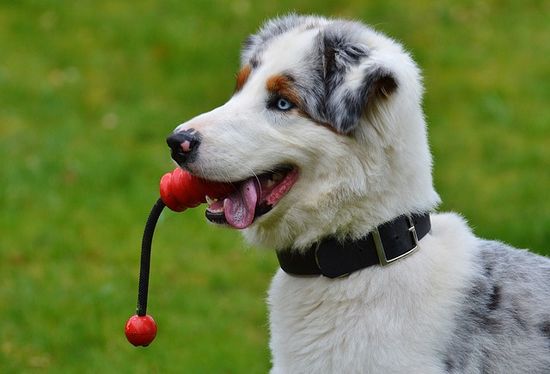How to ensure you get the best possible portrait
My main rule of thumb is “the better the photo, the better the portrait”
It is that simple and I cannot stipulate enough how important it is to choose the right photo. But don’t worry – I’m here to work with you and my advice is free. My aim is to produce something that you will be absolutely delighted with for many years to come, and time we spend working together to get the input right will be time well spent.
If you read this and are unable to take new photos because your pet sadly passed away, I’m still more than happy to see your photos even if you are unsure about their quality for a portrait.
CHOOSING A PHOTO
Pose and Composition
The best pencil portraits are those that capture a moment in time, and really capture a person or animal’s character as well as the appearance.
The first things to check is:
- Does the photo represent the subject’s personality as well as physical appearance?
- Are the eyes open and catching some light? (unless intentionally closed or looking away)
It can be hard for me to capture the personality of someone I haven’t met. I can only work with what I see in the photo so several photos helps.
- Is it taken at eye level of the subject?
It is better when since you will see the artwork hanging at eye level (see my guide how to take good pet photos further down). Having said that, sometimes you can get away with breaking the rules…
- Does the recipient of a gift portrait like the photo?
If you are going to gift a portrait it is very important you know that the person receiving the portrait likes the reference photo. Especially important if it is a portrait of the person themselves. No matter how good the drawing is, they most likely will not like it if they don’t like the reference for it.
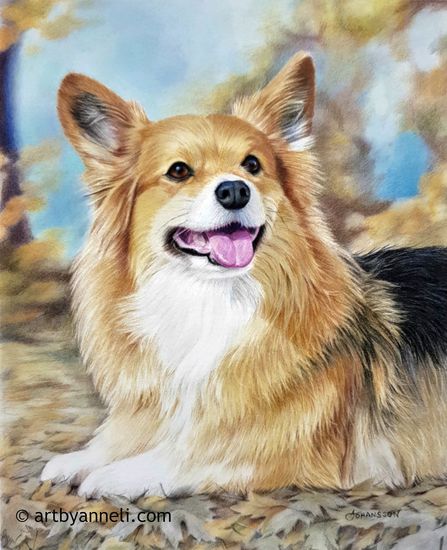
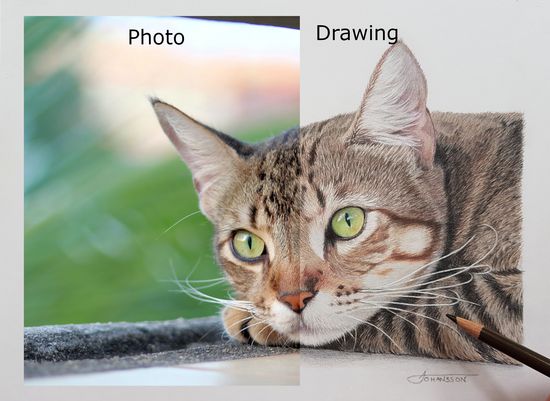
Image Quality
The resolution of the image is also important – this is the amount of detail it contains, and the more I can see, the better quality your portrait will be. As a quick guide, check the image file size – the bigger (more Mb) the better – 3Mb upwards is recommended. Also check the following:
- Is it in focus?
- Is it well lit?
- Is there good contrast and a good range of shades between the light and dark areas?
- Is it the original image file (e.g. photos uploaded in Facebook or Instagram are automatically reduced in size by the applications)
Other considerations
You will probably already have clear thoughts on the following, but consider also the below:
- Do you prefer graphite or colored pencil?
- Do you want a plain background or details? Are there distracting backgrounds/foregrounds you want removed?
- Do you want to place the subject in a different background?
- Do you need to combine elements of different photos?
- What size does it need to be? See my info page on paper sizes…>>
- Do you already have a picture frame/mount in mind? See my tips on framing.
- Where in your home will it hang (avoid direct sunlight, and humid conditions)
If you have any questions at all, please contact me– don’t worry, my advice is free and there’s no obligation!
HOW TO TAKE A GOOD PORTRAIT PHOTO
Photo is key, so please provide with the best photos you have and try to send many photos.
You might find the below information very helpful if you would like to photograph your pet for a portrait.
INDOOR or OUTDOOR
It is best to take your photos outside in natural light. A slightly cloudy day is the perfect time for a photo shoot. Even though it is often preferred to take photos on a sunny day, try to avoid photos with strong sunlight or too dark shadows which can make it difficult to capture your pets colors.
If you are unable to take photos outside, take photos indoors and place your pet close to a window without flash. The more natural daylight there is, the better photo for a portrait.
Try to have the sun behind you, not directly behind your head but a bit over your shoulder. It will give lovely shadows on your pet.
Never use flash!!!! It creates very unnatural shadows, and gives a flat portrait. Shades and shadows are important to give your pet portrait depth.
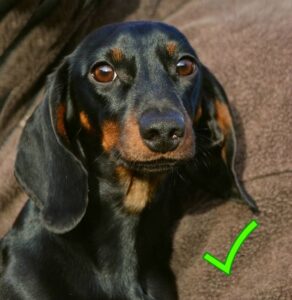
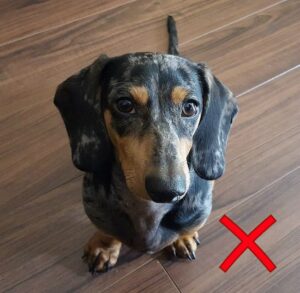
Get down On your pets level
Many people tend to look down on their pets when they are taking photos. This is natural, it is often they way we see our pets in every day life. Try not to look down on your pet when taking photos, even though it might feel natural to do. It makes much more sense to take the photo on your pets eye level since your portrait will hang on your wall at eye level.
You can either crouch down or lie down when taking your photographs to achieve a perfect photo at correct level. Alternatively, and only if your pet is used to it, place them on a table or another stable surface to take photos.
Take the photo when your pet is looking slightly to the left or right of the camera. Straight on shots or directly from the side can make the animal’s face look flat. Also, don’t leave your pet with only one eye, its always better to see both of them.
Try to imagine how the pose might look when drawn or painted.
You can see that the photo of the dog looking straight into the camera is much better than looking up at the camera if you consider this hanging on a wall.
Sharp Eyes
Pets eyes can be very expressive, and as they say “eyes are the window of the soul”. For a head and chest portrait having sharp eyes is important.
If you take the photo when your pet is looking slightly to the left or right of the camera, don’t leave your pet with only one eye, it’s normally better to see both of them.
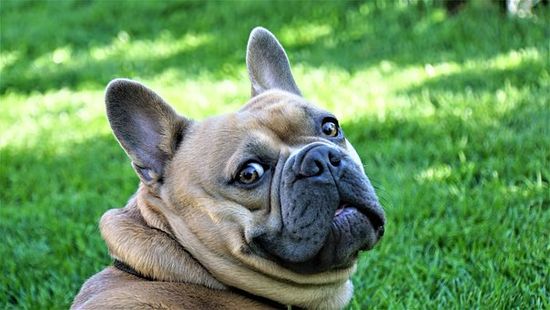
Fill The Entire Frame
For a full-body painting or drawing, try not to stand too far away from your pet. Fill the frame with a little background with your pet as the most important part of the photo. A photo with the subject too far away on the photo scenery probably won’t make a clear and sharp subject.
If you photo is from too far away, I can’t zoom into the head to see more details. If I zoom in a small part in a large photograph that part is usually quite blurry. I can only paint what I see, so I would like to have room for excluding details rather than making things up.
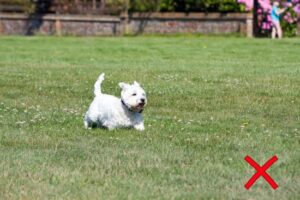
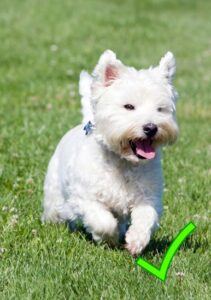
Dont crop body parts
For a head and chest portrait, take a photo where your pet is filling the entire frame without cropping important parts (ears, part of neck and so on) which you would like to include in the portrait.
PHOTO SIZE
Try to email me your photos in original size, downloaded directly from your camera. If photos are reduced in size they are less clear, sharp and much of the details are lost.
A good photo is normally more than 3-4 MB in size.
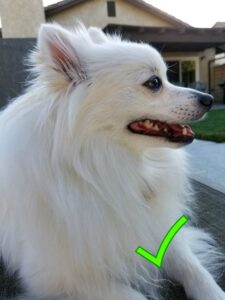
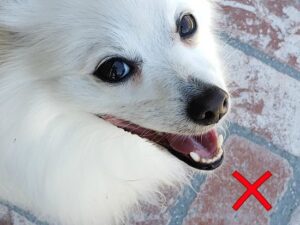
Be patient
Taking photographs of animals takes time, patience and preparation. It can be very hard to capture your pets personality if you pressure your pet.
It requires a lot of patience. No matter how excited your furry friend is, if you are patient enough, he will relax and you will have the opportunity to take a decent photograph.
Use your pet’s natural environment where the animal is feeling comfortable. Use treats or toys which your pet loves so it feels comfortable when you take the photos, and carry your camera with you at all times. A happy face is beautiful face!
If you read this and are unable to take new photos because your pet sadly passed away, I’m still more than happy to see your photos even if you are unsure about their quality for a portrait.
